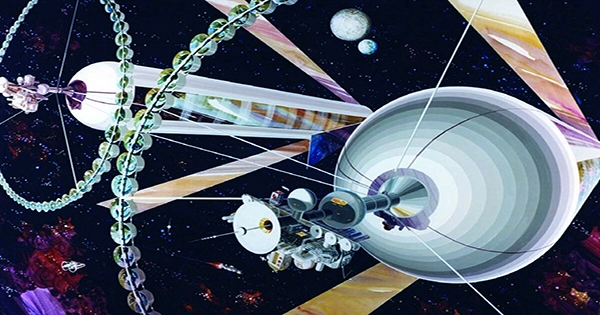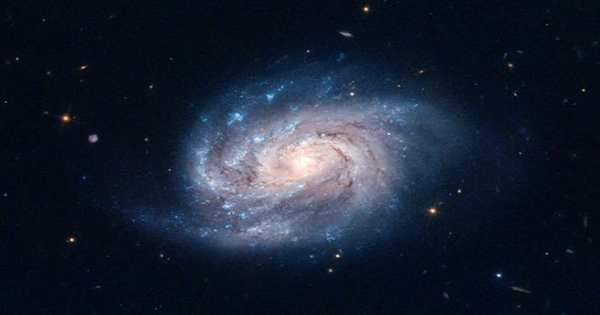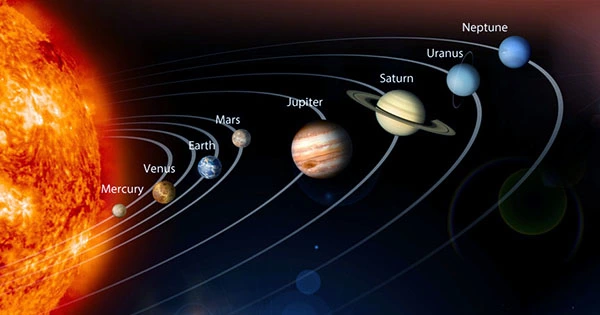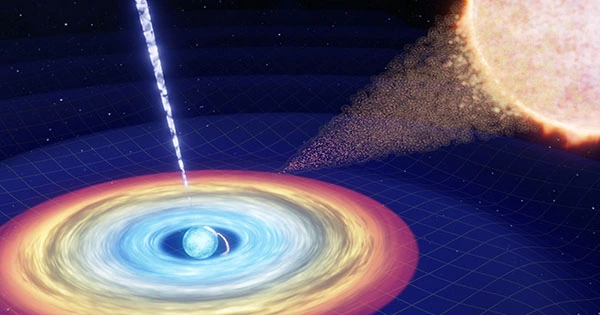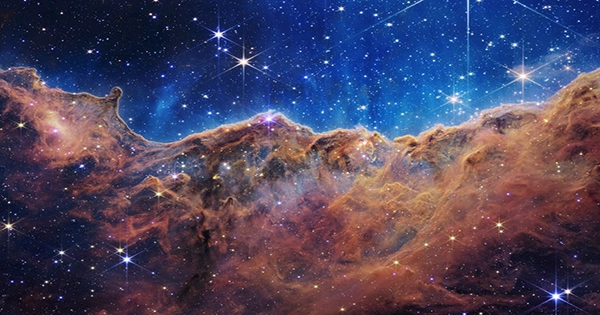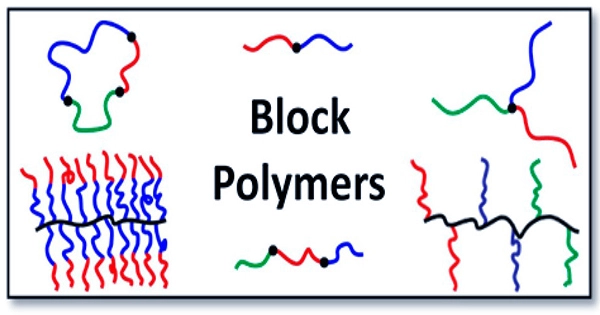A group of Finnish scientists has proposed establishing a permanent human settlement in the orbit of Ceres, a huge asteroid, and a dwarf planet orbiting between Mars and Jupiter in the asteroid belt. This “megasatellite settlement,” according to the scientists, could be developed by gathering materials from Ceres itself.
If that sounds familiar to fans of the popular sci-fi novel and TV series “The Expanse,” it’s because Ceres Station is one of humanity’s first human off-world settlements in that fictional universe. However, in the series, the space rock was spun up to create a crewed habitat with artificial gravity on its surface. The team claims in a study published this week on the prewrite repository arXiv that Ceres would be ideal real estate because it has nitrogen, which might allow for the construction of an Earth-like atmosphere.
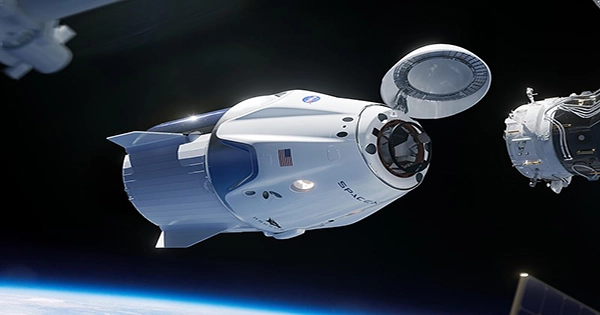
They even contend that the environment is “better than Earth” because there is no bad weather or natural calamities, and there is plenty of room to flourish. They suggest a large disk-shaped megasatellite made up of a number of smaller rotating satellites connected by magnetic tethers. The gigantic tower could be spun around Ceres to create artificial gravity that is roughly equal to that of Earth.
To sustain artificial gravity, such a colony would have to complete a full circle around the dwarf planet in just 66 seconds. Maglev train-like vehicles would connect each habitat, providing travelers with a weightless sensation. “For some people, weightlessness produces nausea and vomiting when they first experience it,” the article says. “However, in a community where individuals have experienced weightlessness on occasion since childhood, it is reasonable to believe that they will be able to bear it well for short trips.” The colony could also serve as a gateway to other parts of the solar system.
“The aim is to establish an artificial gravity settlement that allows growth beyond Earth’s living area while also offering convenient intra-settlement movement for the people and a reasonably low population density of 500/km2,” the abstract states. That’s about New Jersey’s population density. The researchers claim that a “space elevator” might be built on Ceres due to its low gravity and fast rotation, making it possible to carry materials from the planet to other settlements without using much fuel. What about the dangers of space radiation and meteorite impacts? Those dangers have also been considered by the team. They suggest a system of huge cylindrical mirrors that can capture sunlight and transmit it to the habitat while also blocking submeter-scale meteoroids.
